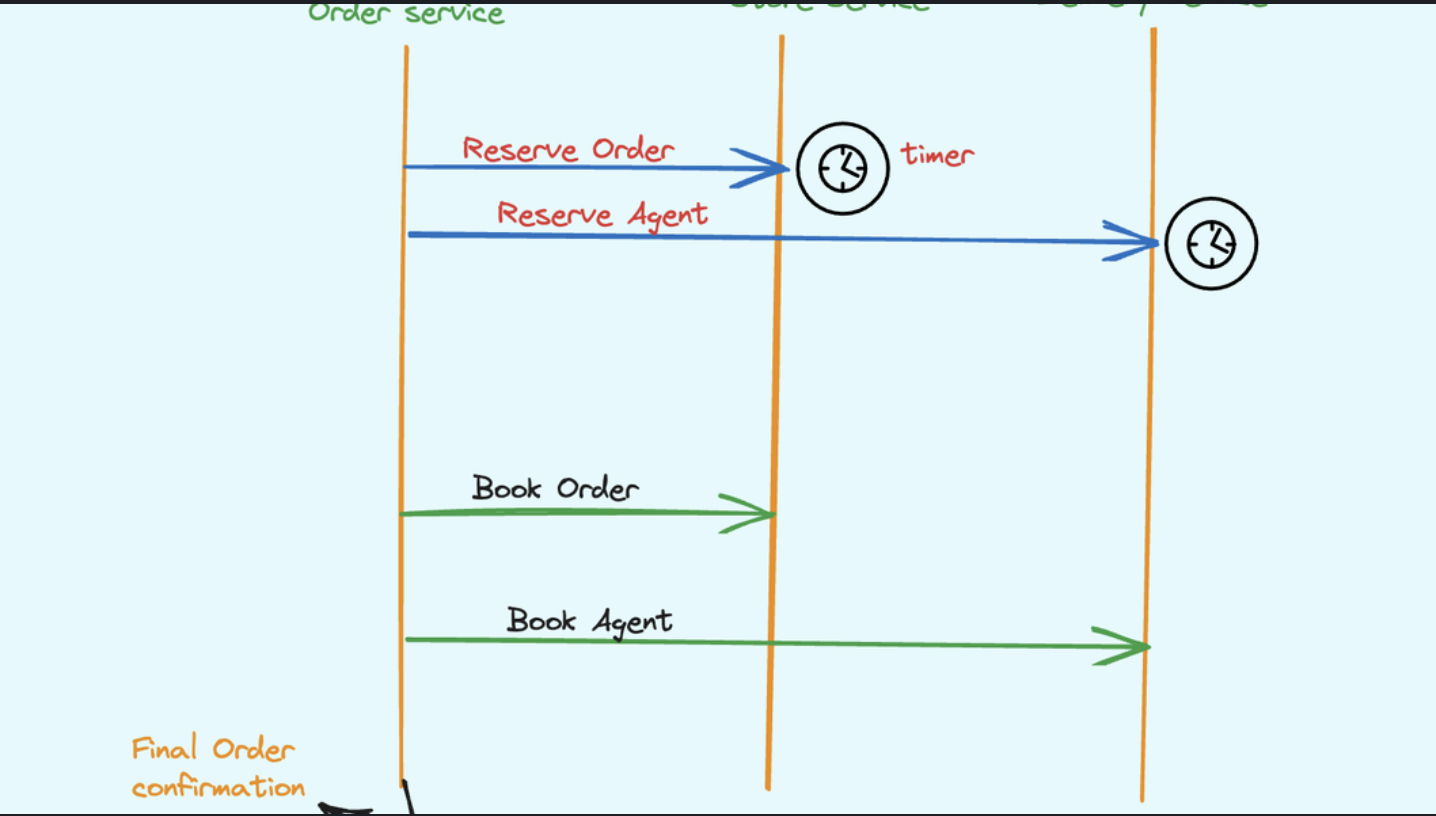Hey there, curious minds! You asked for more details about heaps, so let’s roll up our sleeves and explore these fascinating data structures in depth. We’ll break down each type of heap, looking at how they work, their special features, and when they’re most useful. Ready? Let’s go!
Binary Heaps: The Efficient Sorter
What is a Binary Heap?
A binary heap is a special kind of binary tree with two important rules:
- Shape Property: It’s a complete binary tree. This means all levels are fully filled except maybe the last one, which is filled from left to right.
- Heap Property: In a max heap, each parent node is greater than or equal to its children. In a min heap, each parent is less than or equal to its children.
How Does it Work?
Imagine you’re organizing a tournament. In a max heap, the champion (highest value) is always at the top. In a min heap, the underdog (lowest value) gets the top spot.
Key Operations:
- Insertion: When we add a new element, we put it at the bottom-right of the tree and then “bubble it up” to its correct position.
- Deletion: We typically remove the root (top element). We replace it with the last element in the heap, then “bubble down” this element to its correct spot.
Let’s look at these operations in more detail with C# code:
public class BinaryHeap
{
private List<int> heap;
public BinaryHeap()
{
heap = new List<int>();
}
public void Insert(int value)
{
heap.Add(value);
HeapifyUp(heap.Count - 1);
}
private void HeapifyUp(int index)
{
while (index > 0)
{
int parentIndex = (index - 1) / 2;
if (heap[parentIndex] > heap[index])
{
Swap(parentIndex, index);
index = parentIndex;
}
else
{
break;
}
}
}
public int DeleteMin()
{
if (heap.Count == 0) throw new InvalidOperationException("Heap is empty");
int min = heap[0];
heap[0] = heap[heap.Count - 1];
heap.RemoveAt(heap.Count - 1);
HeapifyDown(0);
return min;
}
private void HeapifyDown(int index)
{
int smallest = index;
int leftChild = 2 * index + 1;
int rightChild = 2 * index + 2;
if (leftChild < heap.Count && heap[leftChild] < heap[smallest])
smallest = leftChild;
if (rightChild < heap.Count && heap[rightChild] < heap[smallest])
smallest = rightChild;
if (smallest != index)
{
Swap(index, smallest);
HeapifyDown(smallest);
}
}
private void Swap(int i, int j)
{
int temp = heap[i];
heap[i] = heap[j];
heap[j] = temp;
}
}
Why Use Binary Heaps?
Binary heaps are great for priority queues, where you always want to process the most important (or least important) item first. They’re also used in algorithms like Heap Sort and in managing system resources where priority matters.
Binomial Heaps: The Flexible Forest
What is a Binomial Heap?
A binomial heap is like a forest of special trees called binomial trees. Each binomial tree has a unique structure based on its order.
How Does it Work?
- A binomial heap consists of a set of binomial trees.
- Each binomial tree follows these rules: A tree of order 0 is a single node. A tree of order k has a root with children that are binomial trees of orders k-1, k-2, …, 0.
- In a binomial heap, there’s at most one binomial tree of each order.
Key Operations: Merging: The real superpower of binomial heaps is how easily they can be combined. Insertion: Insert a new element by creating a new order-0 tree and merging it with the existing heap. Delete-min: Remove the minimum element and restructure the heap.
Let’s see a basic structure for a binomial heap in C#:
public class BinomialNode
{
public int Value { get; set; }
public int Degree { get; set; }
public BinomialNode Parent { get; set; }
public BinomialNode Child { get; set; }
public BinomialNode Sibling { get; set; }
public BinomialNode(int value)
{
Value = value;
Degree = 0;
Parent = Child = Sibling = null;
}
}
public class BinomialHeap
{
private BinomialNode head;
public void Insert(int value)
{
BinomialHeap singleNodeHeap = new BinomialHeap();
singleNodeHeap.head = new BinomialNode(value);
Merge(singleNodeHeap);
}
public void Merge(BinomialHeap other)
{
// Merging logic here
// This would combine trees of the same order
}
// Other operations like DeleteMin would go here
}
Why Use Binomial Heaps?
Binomial heaps shine when you need to merge heaps frequently. They’re great for graph algorithms and in situations where data comes in batches that need to be combined efficiently.
Fibonacci Heaps: The Lazy Optimizer
What is a Fibonacci Heap?
Fibonacci heaps are like the overachieving cousin of binomial heaps. They’re designed to have very fast amortized performance for operations like decrease-key, which is crucial for some graph algorithms.
How Does it Work?
- It’s a collection of trees, but these trees don’t have to follow the strict structure of binomial trees.
- It allows trees of any shape.
- It uses “lazy” operations, postponing work until it’s absolutely necessary.
Key Operations:
- Insert: Just add a new tree with one node. Super fast!
- Decrease-key: Make a value smaller and potentially cut it from its parent.
- Delete-min: More complex, involves consolidating the trees.
Here’s a basic structure for a Fibonacci heap in C#:
public class FibonacciNode
{
public int Value { get; set; }
public int Degree { get; set; }
public bool Marked { get; set; }
public FibonacciNode Parent { get; set; }
public FibonacciNode Child { get; set; }
public FibonacciNode Left { get; set; }
public FibonacciNode Right { get; set; }
public FibonacciNode(int value)
{
Value = value;
Degree = 0;
Marked = false;
Parent = Child = null;
Left = Right = this; // Circular list
}
}
public class FibonacciHeap
{
private FibonacciNode min;
private int size;
public void Insert(int value)
{
FibonacciNode node = new FibonacciNode(value);
if (min == null)
{
min = node;
}
else
{
// Add to root list and update min if necessary
AddToRootList(node);
if (node.Value < min.Value)
min = node;
}
size++;
}
private void AddToRootList(FibonacciNode node)
{
// Insert node into the circular doubly linked root list
}
// Other operations like DecreaseKey, DeleteMin would go here
}public class FibonacciNode
{
public int Value { get; set; }
public int Degree { get; set; }
public bool Marked { get; set; }
public FibonacciNode Parent { get; set; }
public FibonacciNode Child { get; set; }
public FibonacciNode Left { get; set; }
public FibonacciNode Right { get; set; }
public FibonacciNode(int value)
{
Value = value;
Degree = 0;
Marked = false;
Parent = Child = null;
Left = Right = this; // Circular list
}
}
public class FibonacciHeap
{
private FibonacciNode min;
private int size;
public void Insert(int value)
{
FibonacciNode node = new FibonacciNode(value);
if (min == null)
{
min = node;
}
else
{
// Add to root list and update min if necessary
AddToRootList(node);
if (node.Value < min.Value)
min = node;
}
size++;
}
private void AddToRootList(FibonacciNode node)
{
// Insert node into the circular doubly linked root list
}
// Other operations like DecreaseKey, DeleteMin would go here
}
Why Use Fibonacci Heaps?
Fibonacci heaps are theoretical superstars. They have the best amortized performance for operations like decrease-key, which makes them excellent for algorithms like Dijkstra’s shortest path. However, they’re complex to implement and their constant factors are high, so in practice, they’re often outperformed by simpler structures for many real-world scenarios.
Wrapping Up
So there you have it! A deeper dive into the world of heaps:
- Binary Heaps: The reliable workhorse. Great for priority queues and when you need to quickly find the min or max element.
- Binomial Heaps: The merge master. Excellent when you need to combine heaps efficiently.
- Fibonacci Heaps: The theoretical champion. Blazing fast for certain operations in theory, but complex in practice.
Each type of heap has its own strengths, and choosing the right one depends on what operations you need to do most often and how complex your system can be.
Remember, in the world of computer science, there’s often a trade-off between simplicity and theoretical performance. Binary heaps are simple and often good enough for many applications. Binomial and Fibonacci heaps offer some advanced features but come with added complexity.
Keep exploring these fascinating structures. Who knows? You might just come up with the next big innovation in heap technology!💡



